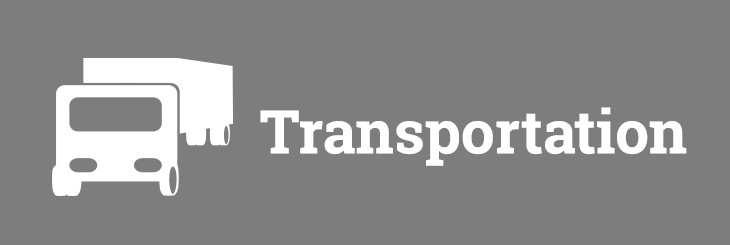ATRI releases list of 6 research priorities for 2017
by May 2, 2017 9:50 am 205 views

Some of the top research priorities for the American Transportation Research Institute include improving congestion choke points of top truck bottlenecks across the nation and looking at the impacts of technology on the industry now and in the future.
Last week, the research arm of the American Trucking Associations approved its top research priorities for 2017. The American Transportation Research Institute Board of Directors approved the priorities that were identified by the organization’s Research Advisory Committee in March.
The following are the six priorities:
“Driven to Distraction — examining the impact of technology deployment inside the truck which may either exacerbate or reduce truck driver distraction. The research will also look at the role of car driver distraction on trucking industry crash involvement.”
“Cumulative Economic Impact of Trucking Regulations — examining the potential for developing a standardized methodology for conducting regulatory impact analyses (RIA) of trucking industry regulations which can then be applied across agencies and regulations to identify industry costs.”
“HOS Flexibility: A Possible Solution to Bottlenecks — exploring the opportunity for addressing some of the nation’s worst congestion choke points through flexibility in the federal Hours-of-Service rules, which would allow drivers to wait out the most congested periods of the day.”
“Impact of E-Commerce on Trucking — mapping potential impacts of e-commerce to the trucking industry’s top industry issues.”
“Truck Bottleneck Trends: Economic Changes or Infrastructure Improvements — conducting a deep dive into ATRI’s annual truck bottleneck list to identify specific infrastructure improvements that will positively impact congestion.”
“Autonomous Truck Impacts on the Truck Driver — a detailed analysis of how autonomous truck technologies will change the operational environment and driving requirements for commercial drivers.”
